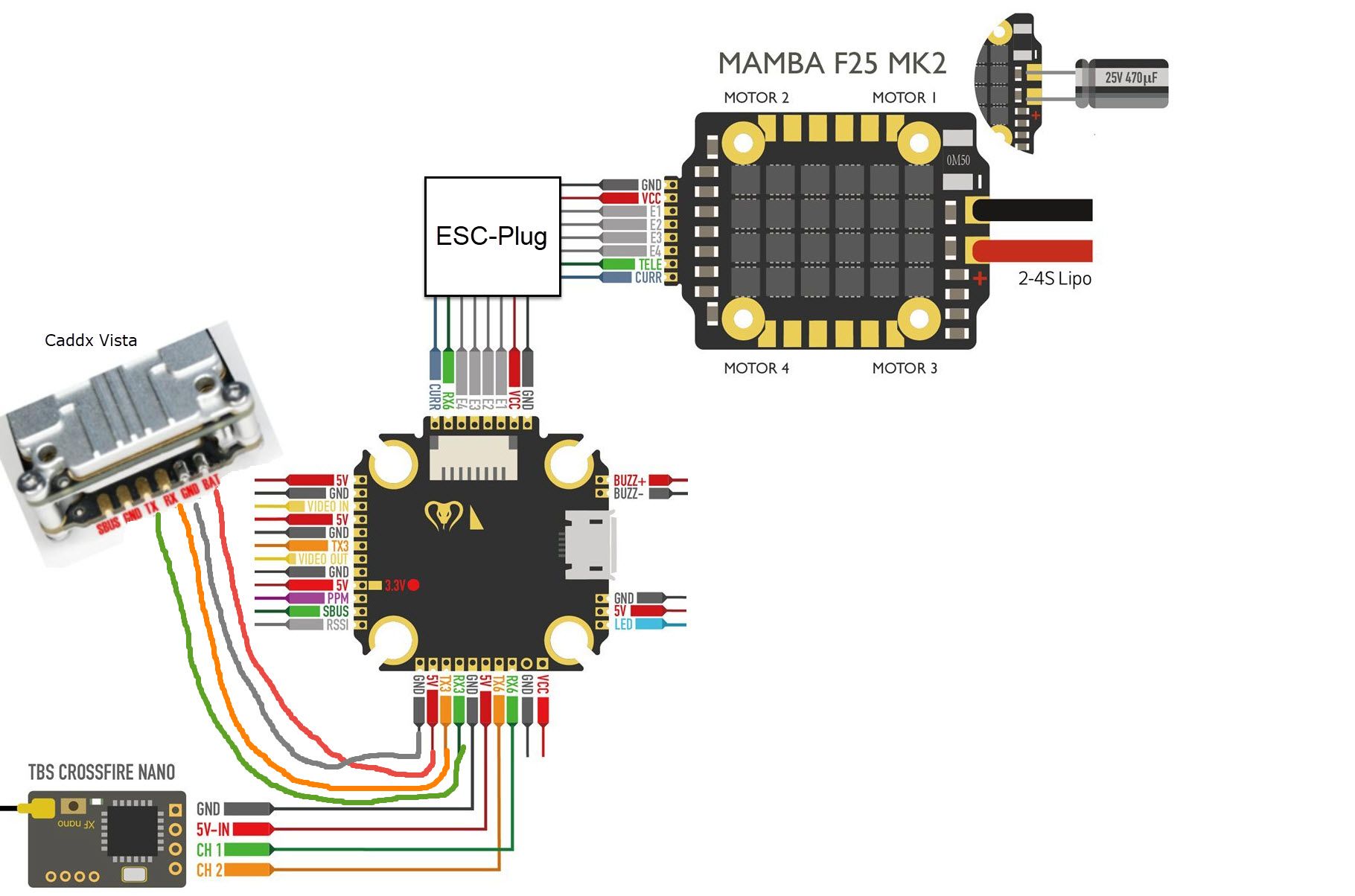


» Always start with the bare essentials and add equipment one step at a time. The following guidelines are not specific to quadcopter or fixed-wing aircraft.īut rather to a generic RC aircraft equipped with FPV gear. Also, this is assuming all of your gear is working correctly. Understanding that the less experience you have the more time you will need to react is fundamental. The lower the frequency typically the better object penetration and range however, this is not always the case but is a general guideline to keep in mind. Typical Modern Analog Video Frequencies 900MHz/1.3GHz/2.4GHz/5.8GHz(Most Common) Typical Modern Digital Radio Control Frequencies 433MHz/900MHz/2.4GHz(Most common)/5.8GHz (for most quadcopter FPV systems a 3bi or less omni directional vRx antenna paired with a quality vTx and transmitting antenna (3dbi omni directional) is sufficient.) High gain antenna – Only receives a signal from one direction but has a lot of range in that one direction Omnidirectional – An antenna that sends or receives a signal from all directions Sbus – a fast protocol for Digital Radio control linksĬRSF – CrossFire Protocol (fastest out there at the moment)ĭbi – Gain of an antenna (Higher more range but more focused Lower less range but the better signal in more areas closer) Storage voltage for a 4S battery is 15.2V, if you plan on not flying for more than 5 days it is advised that you put your LiPo batteries at storage voltage until you are ready to fly again. Just make sure you land early the first few times with a new battery to make sure you are consuming the right amount of mAh out of that Battery. (30-60 seconds after it was flown) most batteries on a Voltage measuring OSD will drop aka SAG down below 15V but that is normal. ( this is the number the battery shows after it has cooled down i.e. **It should be noted for example if I am going out to fly I should charge my 4S LiPo to 16.8VĤ.2Vx4S = 16.8V and I should fly them so that when I land the battery is at 14.8V-15V total. – C rating is typically arbitrary numbering system that equates how much power a battery can deliver. » LiPos have a charging window, unlike most batteries where you just run them until they read Zero Volts, LiPos are actually “drained” when they ready 3.5V per cellĭO NOT discharge your LiPo cells below 3.5V per cell otherwise, damage can occur shortening the life of the battery.ġS= 1 Cell(4.2V) 2S= 2 Cells(8.4V) 3S=3 cell(12.6V) 4S= 4 cell(16.8V) 5S= 5 Cell(21V) 6S= 6 Cell(25.2) PID – Proportional Integral Derivative ( the means of numbers one changes to Tune a Quadcopter) your flying with you actual EYEBALLS on the aircraftĭVR – Digital Video Recording (a recording of you the video you are seeing from you goggles) LOS – Line of Sight (within visual sight) i.e. Here are definitions of Acronyms you will commonly see.įPV – First Person View (as if you are behind the wheel) You should probably not chose this hobby.īUT For those that want to have a positive experience, please check out what I have listed below. If you want to fly over the White House lawn on your first battery, consequently resulting in, well let’s just be honest life in Prison. They do not account for stupidity on behalf of the pilot. This does not mean that disregarding these suggestions will result in a terrible FPV experience, but in following these guidelines piloting skill and understanding you will grow rapidly and ultimately FUN will happen sooner and a lot more often.īefore we get to the list, let me just point out that while these points reduce the possibility of technical failures, loss or destruction of aircraft, and or worse physical injury. Referencing a document written by the FPV king Himself Raphael “Trappy” Pirker, I will now put all of the things that have been tried & tested in countless environments and situations into a nice little list.įollow these simple rules regardless of what everyone else is saying, you will have success in FPV. Steele,” to have such consistency when it comes to an FPV aircraft. With that being said I would like to share with you a combination of proven concepts and real-world experiences that have lead pilots such as myself “Mr. There is something to be said about someone who constantly has a working FPV rig and whose only flight hindering factor is the lack of charged batteries. Facebook groups and Youtube videos are where most people get their information regarding new tech and common practice.


 0 kommentar(er)
0 kommentar(er)
